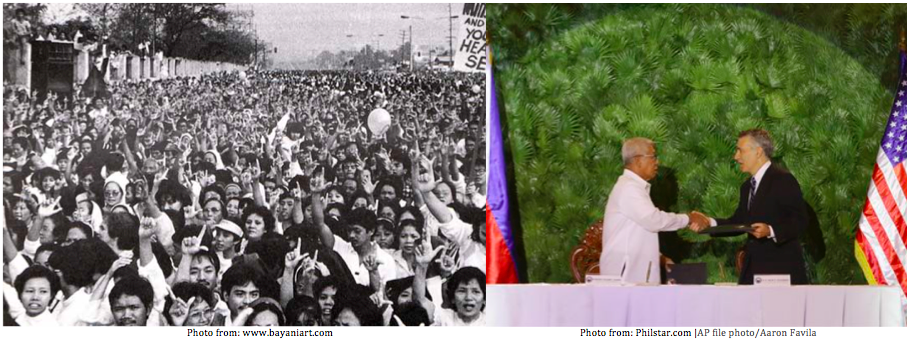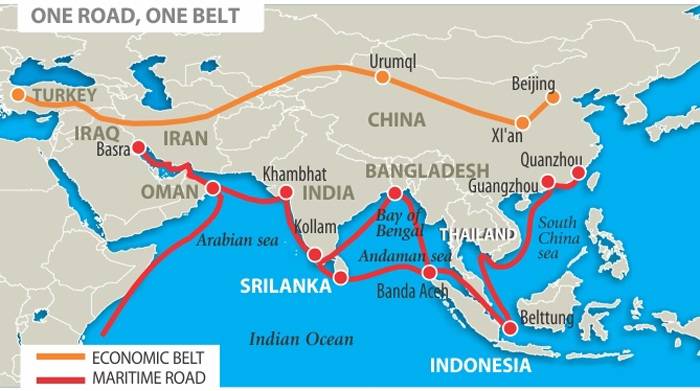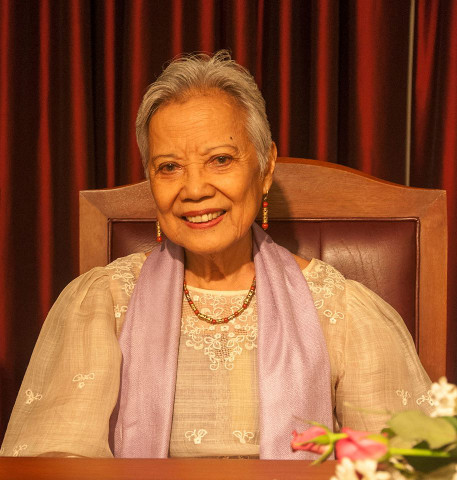Commentaries
The views expressed are the author's alone and do not constitute official positions of APPFI.
The views expressed are the author's alone and do not constitute official positions of APPFI.
China's continuous climb to world power brought many questions into light - was becoming a world power a deliberate and planned undertaking and, most importantly, how will China behave as a world power? With regards to the first question, many hold the view that China's ascent to power is premeditated and long-planned, led by a single political party and a strong central government which is heavily involved not only in governance but also in the economy. Slogans like “renewal”, “revival” and “rejuvenation” seems to support this thesis. For centuries long before the rise of Europe and the US, China had already produced a great civilization and, through its tributary system, held a vast empire with numerous neighboring vassal kingdoms. Hence, from this vantage point, China's modern rise can be seen as inevitable – a reversal of the century of humiliation and from then continuing on with the quest to retake its pre-eminent world position in the hierarchy of nations. However, while there are those who welcome China's rise, there are those who find it discomforting and this can be largely attributed to different views on how the country will behave after it has restored its “Middle Kingdom” world status - after it had reclaimed its historic right or its own version of manifest destiny . China's failure to better articulate its position and variances between pronouncements it made and actions on the ground add to this anxiety and discomfort.

Catharsis. Emotional release, relief, venting. Purging, purification, cleansing. Renewal. The Filipino drama.
February 2016 marks the 30th anniversary of the so-called EDSA Revolution, the overthrow of the authoritarian rule of Ferdinand Marcos. He was president from 1965 until 1986, altogether 21 years. Before Marcos, 21 years would have meant five presidents governing. After Marcos, it would have meant three and a half presidents, except that Gloria Arroyo had all the luck, and Erap Estrada none.
Mahathir Mohamad was prime minister for 22 years. Lee Kwan Yew had 31 years; Suharto as well, 31. This year, Hun Sen of Cambodia will beat the record and become the longest serving leader in our part of the world, save for the imperial dynasties perhaps. Even Mao Zedong only had about 27 years to shape “new China”.
So of course, good things happened during those 21 years under Marcos. But horrible things happened in the last 14 of those years, since the imposition of Martial Law in 1972. So horrible that the Filipino people decided 30 years ago that they had had enough. The numbers of insurgents and secessionist movements had swelled. There were so many excesses and abuses that even elements of the military and the elite turned against the regime. Therefore, EDSA. Therefore, catharsis.

Map by National Development and Reform Commission | Photo from: MarineLink.com
For many who study China, the land-based Silk Road Economic Belt and 21st Century Maritime Silk Road, which could more effectively extend China’s economic and geopolitical presence halfway around the globe, seem a natural progression of the country’s rise on the global stage. In order to advance to a higher level of development, this economic juggernaut, with its population of 1.3 billion, requires ever-increasing access to resources and markets. And, if history is our guide, China is in a better place than those who came before it and had climbed to the top of the global economy in record time. Up until the first half of the 20th century, rising global powers had to contend with closed and segmented markets. In contrast, China’s rise since the 1990s has largely been a product and comes during a period of open markets and free trade. Regardless of how one views the relationship between states and markets, globalization and economic integration today are the name of the game. Even among developing countries that jealously guard their sovereignty, state intervention has in fact meant readying the domestic economy for global competition. What this means is that China’s path parallels those of others in the developing world that are globalizing and seeking ways to gain from the greater flow of goods, services, ideas, and capital.

Philippine-Chinese relations, between these two neighbors who have peacefully interacted with each other in the past, are both profound and complex because they have been based on people-to-people relations. The Philippines, representing the smaller and younger culture, has been on the receiving end of Chinese culture and migration for centuries. With its ancient empires continuing into the People's Republic of China (PROC), and its organized systems of writing and learning, China has had a great impact on Philippine culture in a way not comparable to the impact of Philippine culture on Chinese culture (of which little is known). Think of how Chinese food has become the staple of ordinary Filipino cooking- lugaw, pancit, siopao. Or consider the countless intermarriages between the two peoples so that those who make the list of the richest Filipinos are majority Filipino-Chinese. Moreover, most Filipinos have a sprinkling of Chinese blood in them. Common Filipino words pertaining to family relationships, business, etc. are of Chinese origin- kuya, ate, tawad. Such Chinese influence is not unique to the Philippines; it is widespread throughout the ASEAN region.